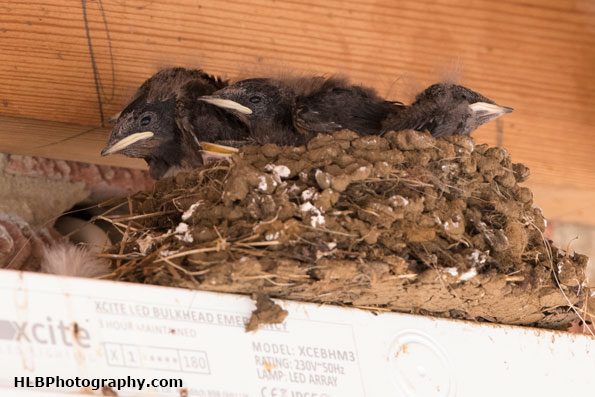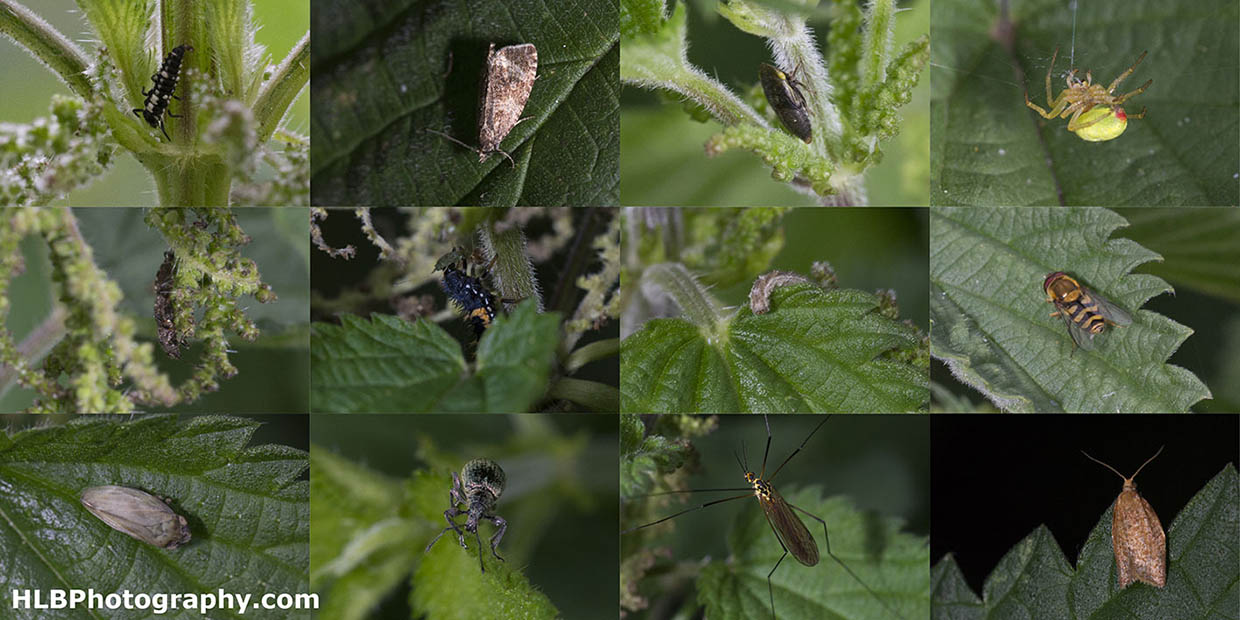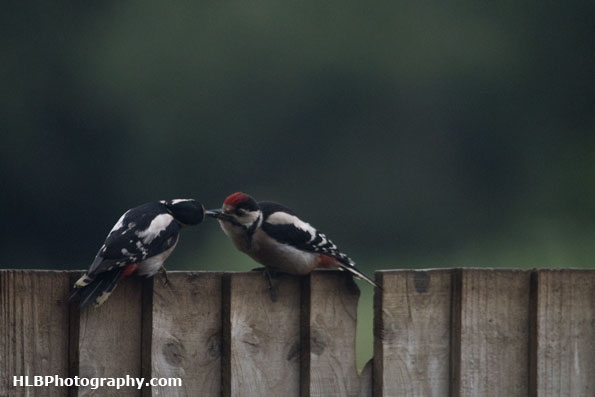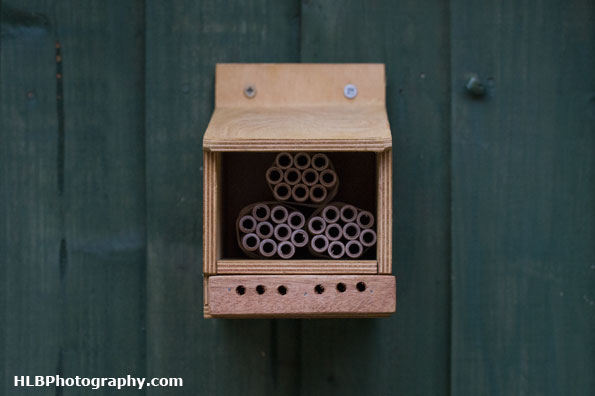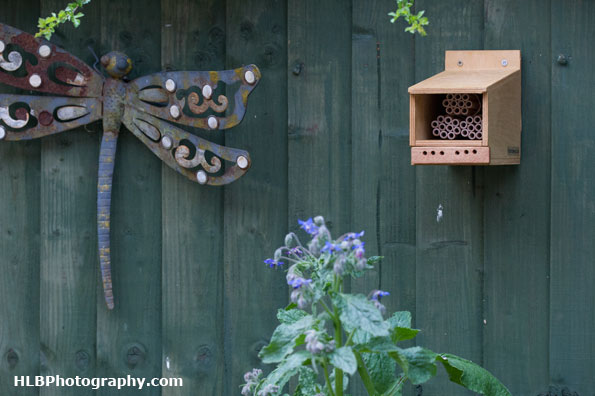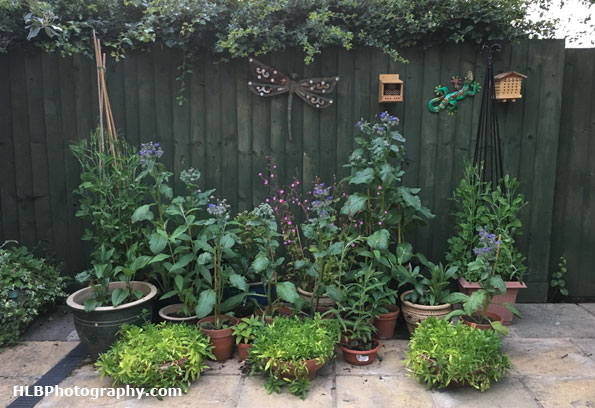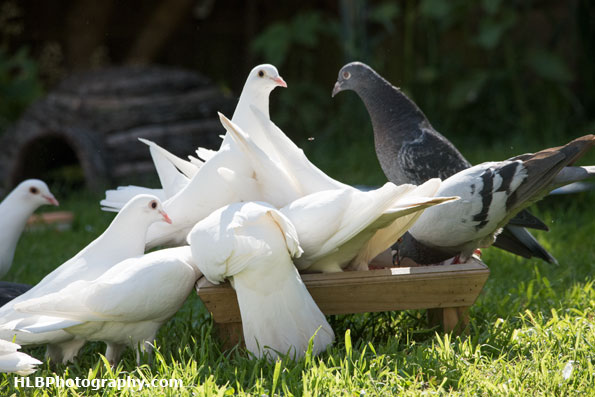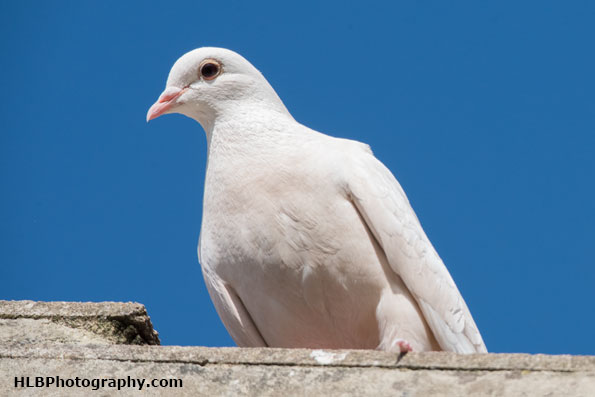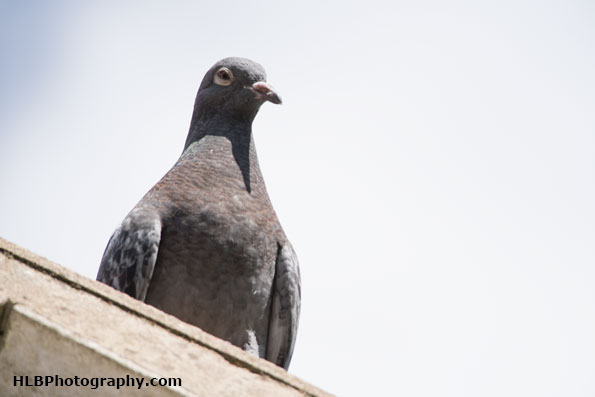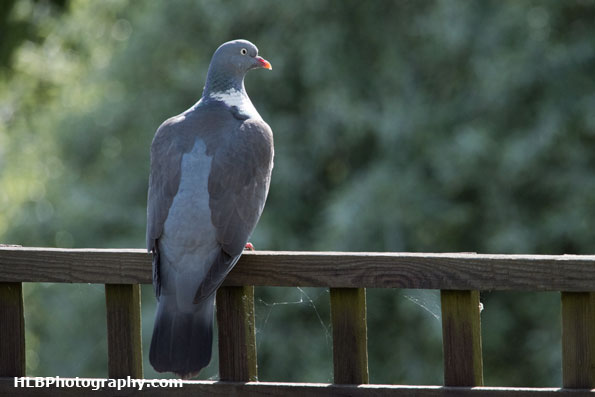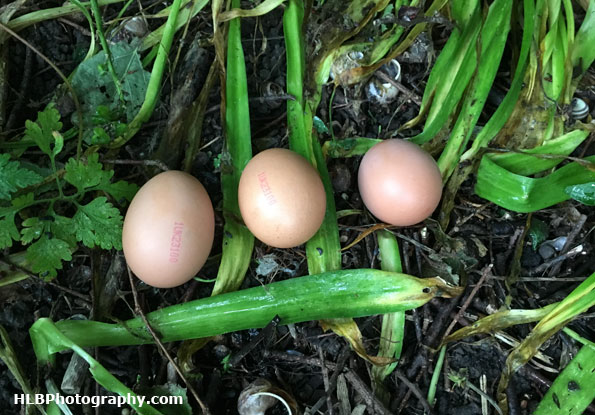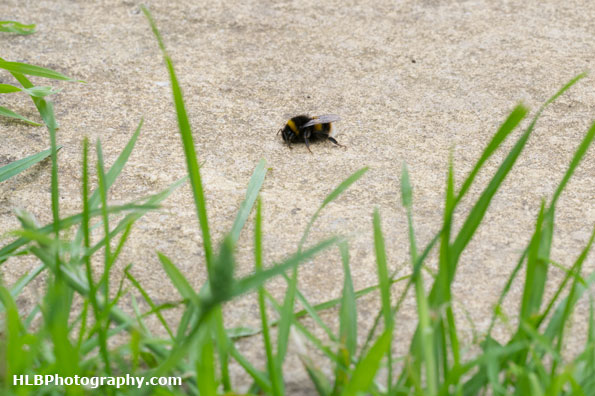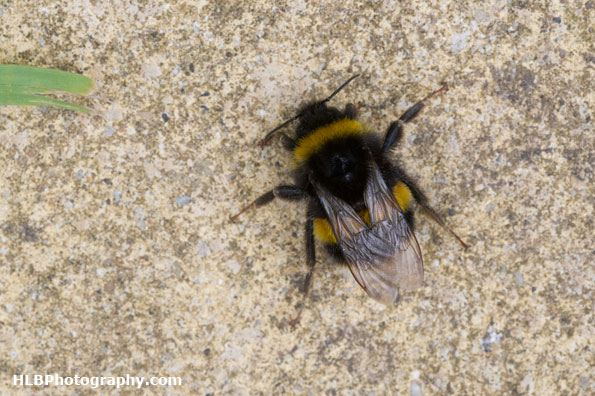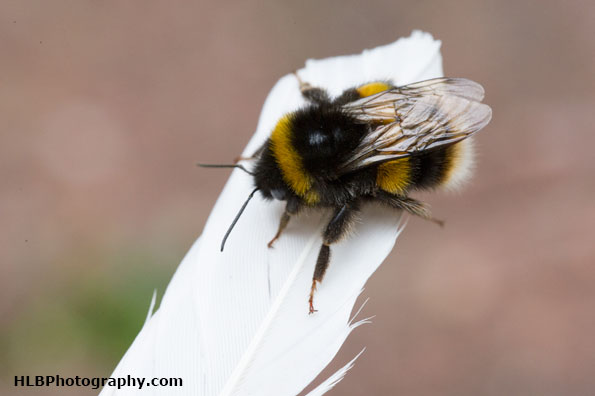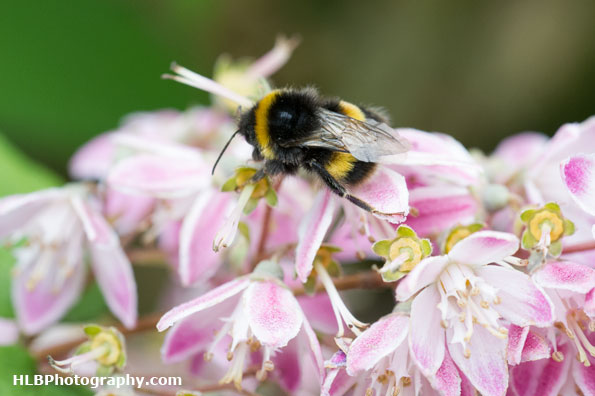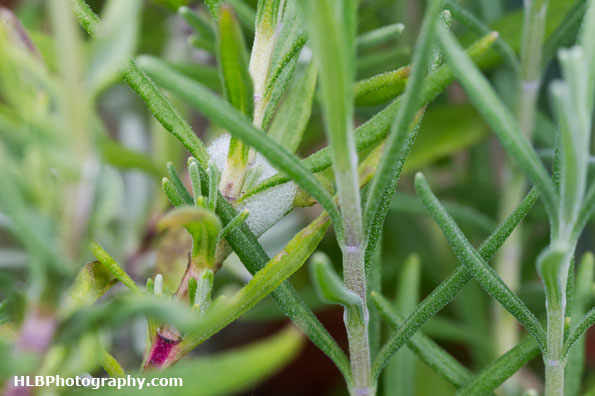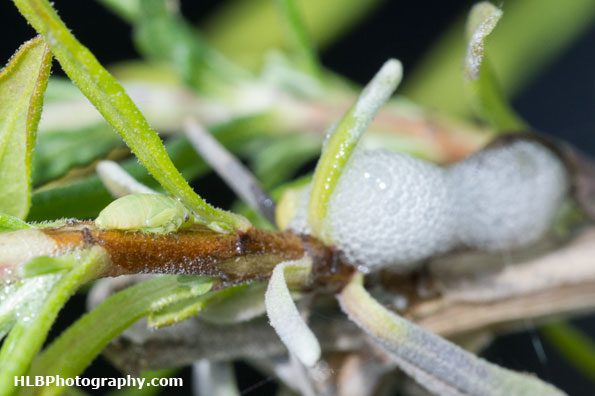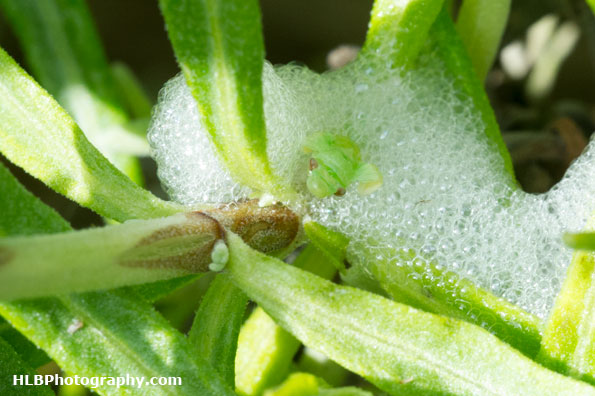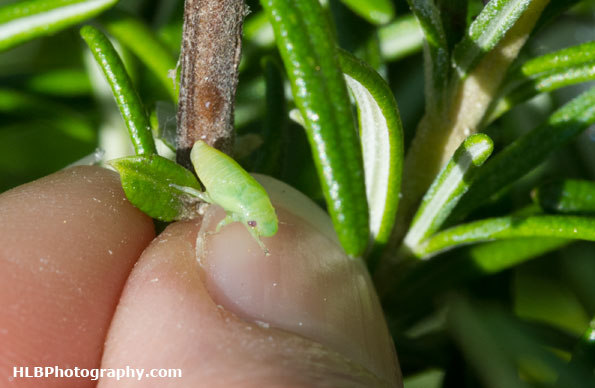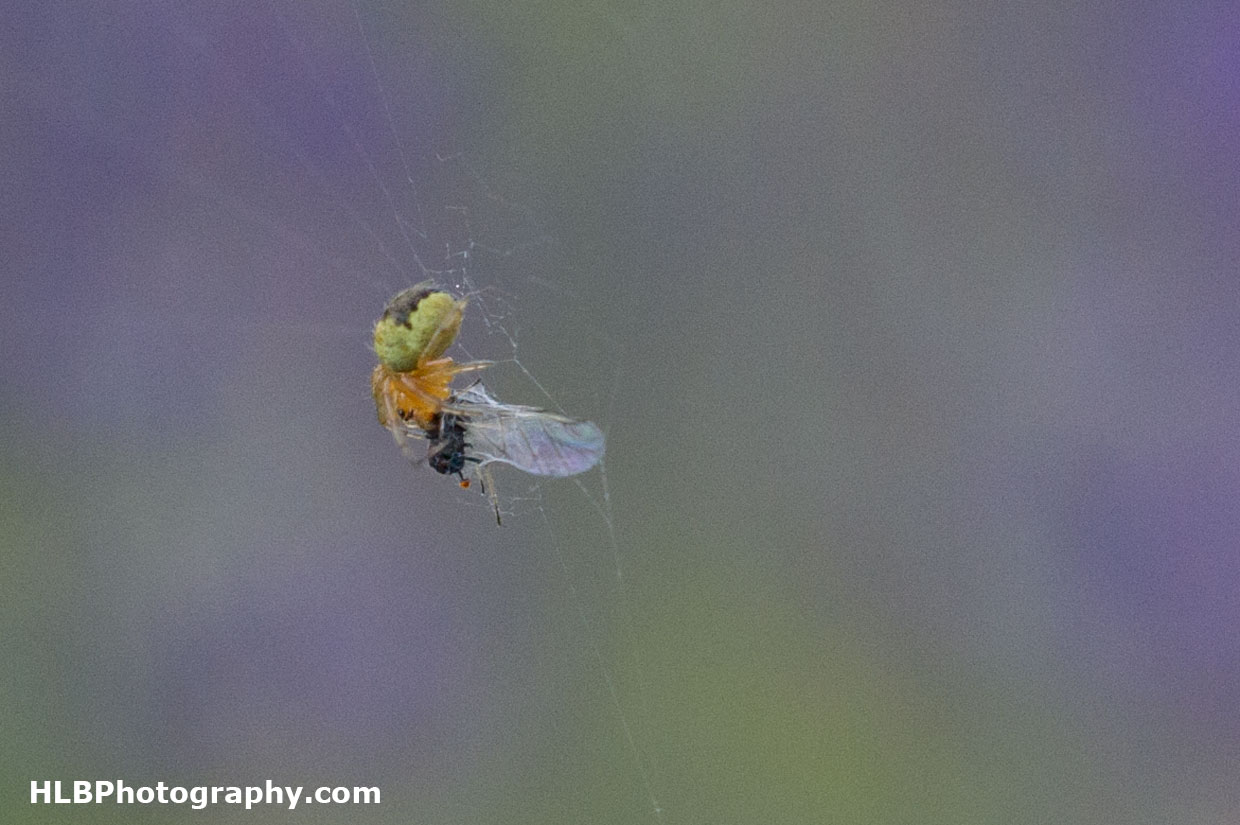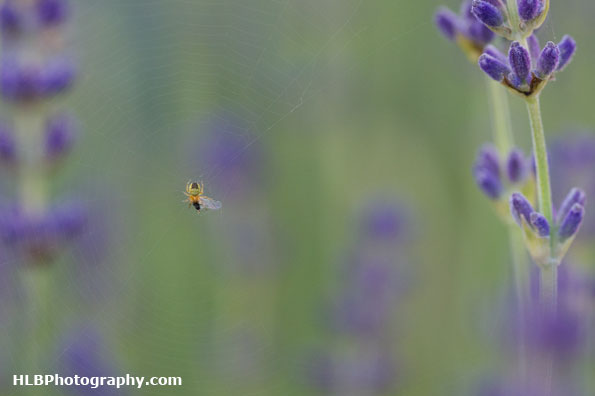I decided to complete my RSPB Big Garden Birdwatch first thing on Saturday morning as the weather wasn’t looking good for today at all. I got up early and started my watch at 8am (yes I was one of the people bird watching from the kitchen window in my PJ’s!).
I was pleased to see two more species than last year, but numbers do seem to be down from three years ago. I am assuming it is the mild weather which is keeping them away?
There had been woodpigeons and the occasional long-tailed tits showing; but not yesterday! It seems to be the theme that a lot of people have been finding; the birds know it is Birdwatch weekend and have gone into hiding! There has been a sparrow hawk in the garden in recent days which could also be a contributing factor as to why there are fewer birds around.
I didn’t take any photos of the birds this year as it was just too dark and gloomy 🙁
|
|
2020 |
2019 |
2018 |
2017 |
2016 |
2015 |
|
Coal tit |
|
|
|
1 |
2 |
1 |
|
Blue tit |
1 |
2 |
1 |
2 |
2 |
3 |
|
Great tit |
2 |
|
|
1 |
|
1 |
|
Long-tailed tit |
|
|
|
|
|
1 |
|
Blackbird |
2 |
3 |
4 |
7 |
4 |
2 |
|
Woodpigeon |
|
|
4 |
4 |
2 |
|
|
Goldfinch |
5 |
5 |
1 |
7 |
9 |
2 |
|
Blackcap |
|
|
|
1 |
1 |
|
|
Greenfinch |
|
|
|
|
1 |
|
|
Robin |
2 |
2 |
|
1 |
2 |
2 |
|
Collard dove |
|
|
|
2 |
3 |
1 |
|
Starling |
2 |
|
|
3 |
1 |
1 |
|
House sparrow |
2 |
2 |
|
3 |
1 |
|
|
Dunnock |
2 |
1 |
1 |
1 |
|
1 |
|
Pied wagtail |
|
|
|
|
|
1 |
|
Siskin |
|
|
|
2 |
|
|
|
Chaffinch |
|
|
1 |
|
|
|
|
Total no. of species |
8 |
6 |
6 |
13 |
11 |
11 |
|
Total no. of birds |
18 |
15 |
12 |
35 |
28 |
16 |
|
Weather |
Overcast 7 °C |
Light cloud, dry |
Wind, rain |
|
|
|

